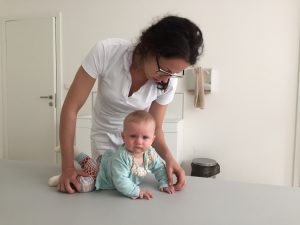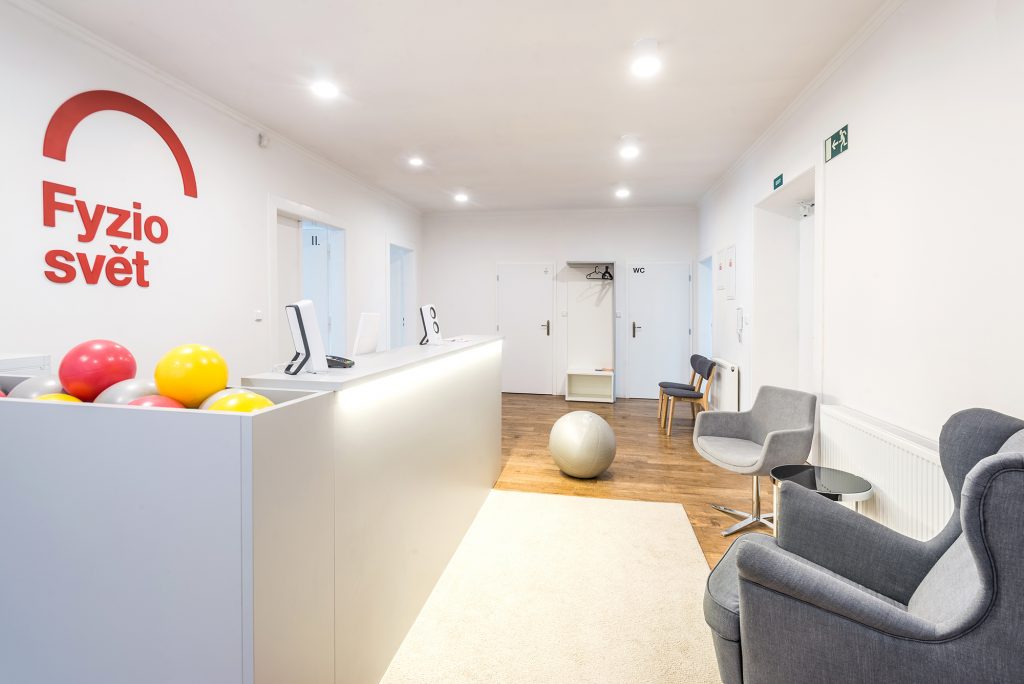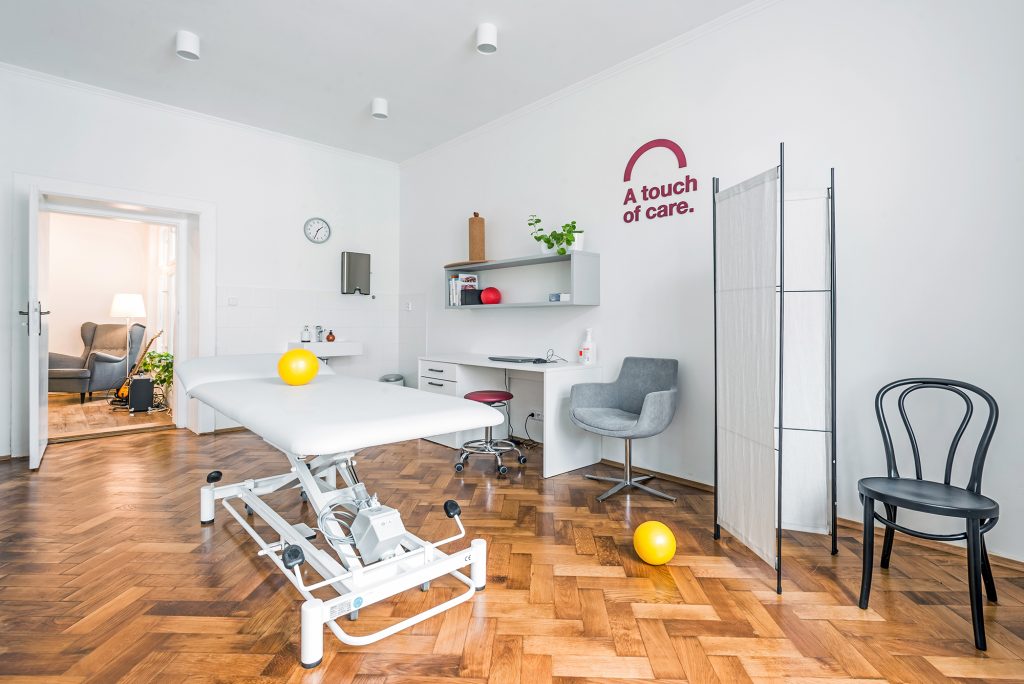Dynamic Neuromuscular Stabilization (DNS)
Dynamic Neuromuscular Stabilization (DNS) is a comprehensive diagnostic-therapeutic approach rooted in the principles of developmental kinesiology, which studies how movement evolves in infants. DNS was created by Czech physiotherapist Professor Pavel Kolář, Ph.D., and his team now conducts training courses globally.
DNS is effective for addressing common pain issues and is also beneficial for athletes, aiding in recovery after injury or surgery and serving as a preventive measure against injuries. DNS offers a new perspective on movement, breathing, muscle coordination, and the body’s ability to work in a harmonious and coordinated manner. It provides insight into what optimal movement should look like.
Inspiration from Infants
The foundation of DNS is the understanding of infants’ physiological development. The fact that a baby begins to step, grasp objects, roll over, or crawl within a certain time frame is no accident—it’s genetically ingrained. We now know how to assess the quality of these movement patterns and can intervene if necessary. Every movement prepares the body for the next developmental milestone. For instance, crawling helps form the hip joints in preparation for walking, while the stabilization of shoulder joints in a supported position prevents neck pain in adulthood.
This knowledge about infant motor development can be applied to adults as well. Human motor function follows the same basic rules, so movement patterns learned in infancy can be used to assess and correct movement in adulthood. DNS uses developmental positions that are naturally ingrained in us to strengthen the best movement patterns. This is a natural, gentle technique for the body, even more so than yoga or Pilates. In DNS, you’re not learning something new; you are rehabilitating and restoring the abilities your body naturally possesses.
The Deep Stabilizing System of the Spine
The core principle of DNS is engaging the deep stabilizing system of the spine (HSSP), which consists of the diaphragm, pelvic floor muscles, abdominal muscles, and back muscles. These deep trunk muscles are sometimes referred to as the “core” by trainers and are critical for maintaining proper posture. The activity of the HSSP accompanies every movement like a shadow.
What exactly is the HSSP?
- It protects the spine, preventing frequent overloading.
- It stabilizes the body’s core during all movements.
- It ensures the proper positioning and functioning of all abdominal organs.
- It conserves energy and reduces joint stress caused by inefficient movements.
The Diaphragm: Breathing and Supporting the Spine
Breathing cannot be overlooked in DNS, as the diaphragm is not only part of the HSSP but also the main muscle responsible for inhalation. Breath and posture go hand in hand. Proper diaphragmatic breathing helps relieve chronic lower back pain, neck stiffness (often caused by over-reliance on upper chest breathing), and even digestive issues such as acid reflux or nonspecific abdominal pain.
DNS Trains Both Muscles and the Brain
DNS enables a holistic approach that addresses the root cause of a problem, offering a permanent solution. By understanding the core principles of human motor function, DNS helps individuals achieve efficient movement and develop a deep understanding of their bodies and its needs for pain-free motion. Through DNS, we exercise not only the muscles but also train the brain’s controlling function, using positions that are already familiar to it. DNS is a highly effective method for achieving quick and lasting therapeutic results for many clients.








